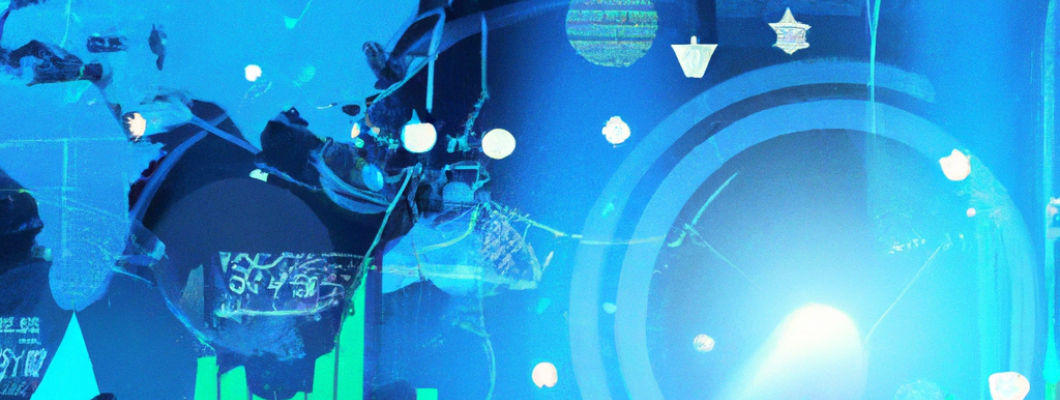Choosing the Best T-Shirt Printer for Your Custom Designs

Choosing the right t-shirt printer is a crucial step for anyone interested in creating high-quality, customized apparel. Whether you're starting a small business, designing shirts for events, or personal projects, selecting the appropriate equipment can make a significant difference in your results. There are several types of t-shirt printers available on the market, each suited to different needs, budgets, and skill levels. Understanding the features, advantages, and limitations of each can help you make an informed decision and achieve professional-looking designs with ease.

One of the most common and versatile options is **screen printing**. This method involves creating a stencil, or screen, of your design and pushing ink through the mesh onto the fabric. Screen printing is ideal for large orders because it produces vibrant colors and durable prints that withstand multiple washes. However, the setup process can be time-consuming and costly for small batches, making it less suitable for one-off designs or experimentation. If you plan to run a business with high-volume orders, investing in a good screen printing setup can pay off in the long run.
Another popular choice is **digital direct-to-garment (DTG) printing**. This technology functions similarly to a regular inkjet printer but is optimized for fabric. DTG printers can print detailed images with hundreds of colors, making it perfect for complex, multi-colored designs. This method is highly flexible, allowing for short runs, individual custom shirts, or prototypes without the need for screens or stencils. The initial investment might be higher, and the cost per print can be greater than screen printing for bulk orders. Still, for artists, designers, and small businesses focusing on customization, DTG offers excellent quality and ease of use.
Sublimation printing is another innovative technique, especially suitable for polyester shirts and sportswear. Sublimation involves turning dye into gas and embedding it into the fabric, resulting in vibrant, long-lasting images that won't peel or fade. This method requires specific inks, printers, and special coated garments, but it produces seamless, all-over prints that are incredibly popular for trendy designs. If your focus is on creating high-quality, all-over printed shirts, sublimation might be the perfect choice. However, keep in mind that it"s limited to polyester fabrics and might not work with cotton.
For those on a budget or just starting out, **heat press machines** combined with printed transfer papers can be a cost-effective solution. This method involves printing your design on special transfer paper using a regular inkjet or laser printer, then applying heat and pressure to transfer the image onto a shirt. It"s quick and easy, and perfect for small batches, personal projects, or testing new ideas. While the durability and color vibrancy might not match professional screen or DTG printing, it"s an accessible way to bring your designs to life without large initial investments.
When choosing a t-shirt printer, it"s also essential to consider factors such as production volume, budget, desired print quality, and the types of designs you want to create. If you anticipate high-volume production with simple designs, screen printing could be your best option. For detailed, multicolored images, DTG might fit better. Sublimation is ideal for vibrant, all-over prints on polyester, while heat press methods are suitable for small-scale or personal projects. Additionally, think about ongoing costs like inks, maintenance, and replacement parts, as these can influence your overall investment. Remember, the right printer will not only match your current needs but also accommodate future growth and creative ambitions.
Ultimately, investing in the right t-shirt printing technology empowers you to produce stunning, durable garments that satisfy your customers or fulfill your creative vision. Take the time to research and compare different options, and don"t hesitate to seek advice from industry experts or join online communities for tips and support. With the proper equipment and a passion for design, you can turn your ideas into professionally finished products that stand out in a crowded marketplace. Happy printing!

Leave a Comment